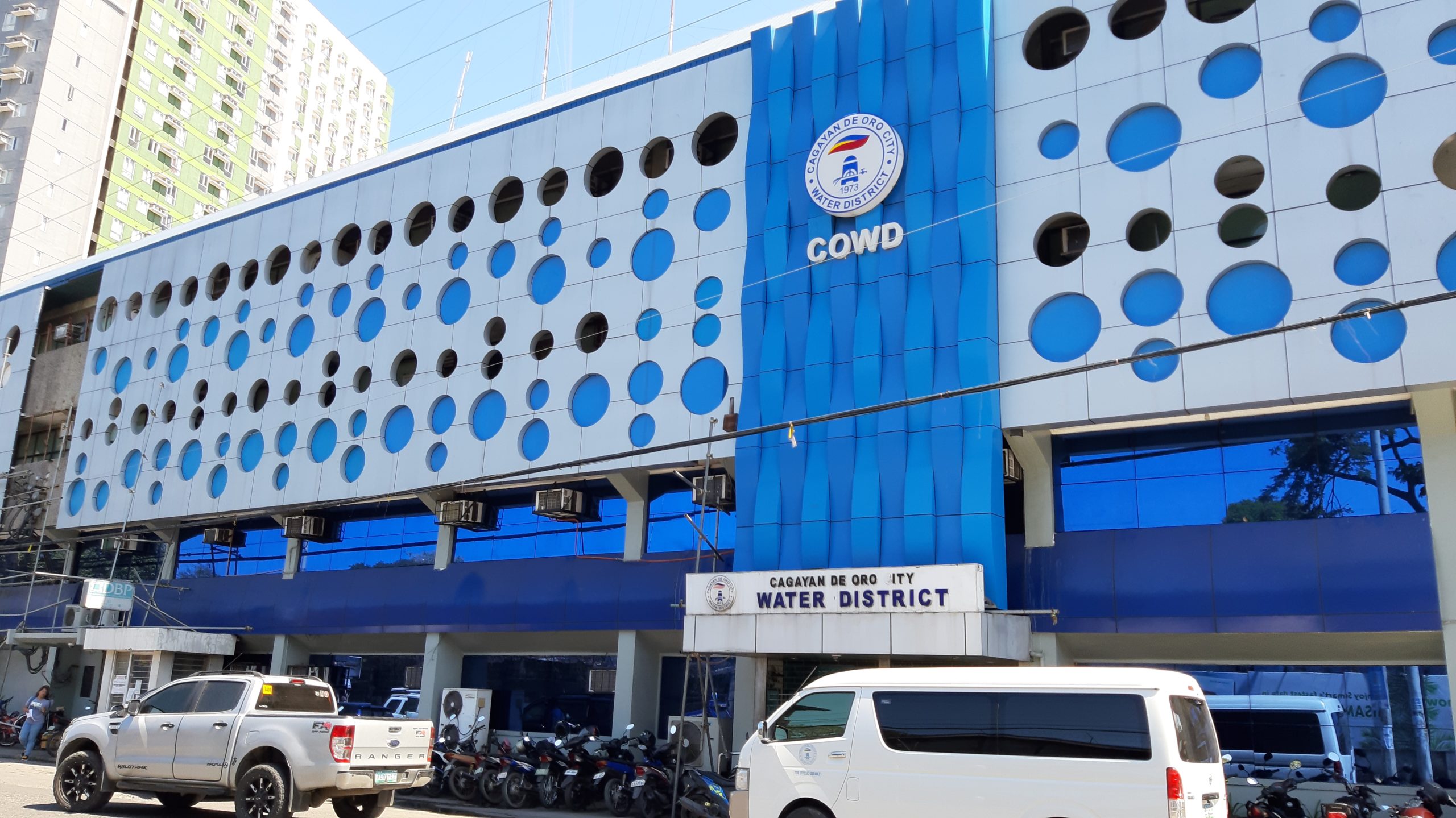By Orlando B. Cardinal Quevedo
Archbishop Emeritus, Archdiocese of Cotabato .
THE Philippines has a population of 108 million people. Eighty-two is Catholic. Unfamiliar to many is the fact that there is a Muslim region in the Philippines. This is the Bangsamoro Autonomous Region of Muslim Mindanao (Barmm) in the southern part of the Philippines. There are more than five million Muslims in the Philippines. About 3.5 million live in Barmm, a region consisting of five provinces and three cities in southwestern Mindanao. Nine out of 10 people in Barmm are Muslim.
The Archdiocese of Cotabato is located in this Muslim region. It covers the Muslim Province of Maguindanao. The Catholic Cathedral is located in Cotabato City which is more than 60 percent Muslim.
The Muslim provinces and cities are economically underdeveloped. Traditionally ruled by elected powerful families and clans, Barmm is the poorest region in the country.
In Barmm indigenous peoples, like the Christians, are a significant minority. They are usually the poorest of the poor. Philippine laws safeguard their identity, fundamental human rights, and their ancestral domain.
In the 13th century Muslim traders brought Islam to the southern islands of what is now known as the Philippines. It was more than 200 years before Magellan, the Spanish navigator, “discovered” the Philippines in the 16th century. Muslim Sultans later spread their sovereignty over the indigenous peoples of Mindanao. Their sovereign power reached as far as Manila in the north. When Christian Spain conquered the islands of Luzon and the Visayas in the 16th and 17th centuries, Muslim Sultans on the islands of Mindanao and Sulu, successfully resisted Spanish colonial power.
At the turn of the turn of the 20th century, Spain ceded the Philippines to America as a result of the Spanish-American War. Recognizing their distinct identity the American government accommodated them by creating the “Moro Province” of Mindanao in 1903 with an American military governor. Eventually the Muslims lost all their sovereign power.
Encouraged by the American government and later by the Philippine government, waves of Christian migrants from Luzon and the Visayas settled in Mindanao, the “Land of Promise.” From 1903 to 1973 waves of Christian migration from Luzon and the Visayas turned the once Muslim-dominated islands of Mindanao and Palawan into a Christian territory, constricting the Muslim population to just five Mindanao provinces.
The loss of sovereign power and territory brought poverty and underdevelopment, aggravated by national government neglect. The poverty situation was albeit abetted by elected powerful Muslim clans with inadequate sense of the common good.
Deep-seated historic biases between Muslims and Christians simmered under the surface and often erupted into brief armed conflicts. In fact when the Americans granted independence to the Philippines in 1946, Muslim politicians and intellectuals wanted to be under the Americans rather than under the majority Christian Filipinos.
In 1969 a Muslim University professor, driven by the deep-seated desire to regain Muslim self-determination, sovereignty, and territory, organized the Moro National Liberation Front (MNLF), recruited thousands of young Muslims and began to wage a full-scale rebellion against the Philippine Government. It aimed to create an independent Muslim State. But in 1976, the MNLF signed the Tripoli agreement by which it accepted the idea of a semi-autonomous region. Some 57 MNLF leaders did not accept the agreement and broke away from the MNLF. In 1984 they formally formed the Moro Islamic Liberation Front (MILF) and continued the Bangsamoro rebellion for an independent state.
After years of armed struggle towards independence, the MILF eventually began negotiations for enhanced autonomy, but far superior to that of the partial autonomy that the MNLF had signed with the government. Seventeen years of negotiations concluded with the signing of a final peace agreement in 2014. This created the Barmm. The Bangsamoro would exercise their right of self-determination and sovereignty with their own form of government in their own limited territory, within the national sovereignty and territorial integrity of the Philippine Republic. It was a win-win solution to a very complex political, cultural, religious, and economic situation.
In 2017 open armed conflict between extremist Isil-affiliated Filipino Muslims erupted in the Muslim city of Marawi, southern Mindanao. They set fire to the Catholic Cathedral of Marawi and to the Protestant college dormitory, and took several Christians including a Catholic priest as hostages. The five-month siege of Marawi ended with the deaths of the leaders, the Maute brothers, but only after Marawi had been bombarded to flush out the terrorists.
At present, Mindanao is suffering from four types of terrorist attacks, first by the continuing rebellion of the Maute Group (MG) and, second, by the Abu Sayaff Group (ASG), notorious for its kidnap-for-ransom criminal activities. Both groups have pledged allegiance to Isil. A third open terrorist conflict is with one of three factions of the Bangsamoro Islamic Freedom Fighters (Biff). This Biff faction is for independence. The fourth armed conflict is with the National Democratic Front led by the Communist Party of the Philippines and its military arm, the New Peoples’ Army (NDF/CPP/NPA). It aims ultimately to set up a government, ideologically based on Leninist-Marxist-Mao Tze Dong thought.
In summary, the main causes of armed conflicts are: perceived social injustices, poverty, economic exclusion and marginalization, biases and prejudices, corrupt governance and government neglect.
From my personal experience and observation, achieving peace is a journey of dialogue. I update this conviction with the landmark Abu Dhabi document, “Human Fraternity” that was signed by the Pope and by the Grand Imam of Al Azhar.
We see this journey to peace in the experience of the peace panels of the MILF and the Philippine government. They embarked on a journey of dialogue, requiring openness, patient listening and endurance, marked by detours and threats of suspension. Fundamentally their dialogue for peace was a journey from hostility and suspicion to understanding and mutual trust.
My own basic experience was and continues to be Inter-faith Dialogue with Muslims, other Christians, and believers of traditional religions, i.e., indigenous peoples. This takes several levels:
• Dialogue of Life in everyday interaction in offices, schools, in markets and business establishments;
• Dialogue of Religious Experiences, when peoples of different faiths share together how and when they pray, what they pray for, what their respective faiths mean for them, their experience of the Divine, etc;
• Dialogue of Theological Exchange, when religious leaders share their doctrinal beliefs about God, Creation and Environment, their holy books and traditions, Jesus and Mary, Redemption, Salvation, etc.;
• Dialogue of Action, when after dialogue on social issues they move into collaborative action for the social transformation of their communities.
In my experience it is imperative that permanent channels or structures for dialogue between members of different faiths, with civil society and government are set up.
Terrorism is an ideology that has no borders. It is irreligious. Its claim to be religious is based on a misinterpretation and selective as well as manipulative understanding of the texts of sacred revelation. Hence authentic and authoritative teachers of religion have strongly condemned violent extremists and terrorists as irreligious. All religions are religions of peace. The name of the God of peace cannot be invoked to kill and maim or massacre.
For this reason it is my conviction that the need of the hour against terrorism as well as against biases and prejudices is intra-faith dialogue.
Local Christian pastors, ulama, ustadz, imams need to form the minds and hearts of their constituents in the true holistic teachings of their respective faiths, teachings such as respect for human dignity and fundamental human rights, understanding of and respect for other faiths, love of neighbor, and common pilgrimage to the Reign of God.
Such formation has to begin in the home, within the family, and has to extend to formal and informal education in madaris and schools, forming individuals to become persons of dialogue and peace – persons with hearts of peace. The heart of peace is peace in the heart.
(Excerpts from Cardinal Orlando B. Quevedo’s presentation during during the Interfaith Peace Forum, “Peace Without Borders” held in Madrid, Spain on Sept.15-17, 2019.)
Disclaimer
Mindanao Gold Star Daily holds the copyrights of all articles and photos in perpetuity. Any unauthorized reproduction in any platform, electronic and hardcopy, shall be liable for copyright infringement under the Intellectual Property Rights Law of the Philippines.











